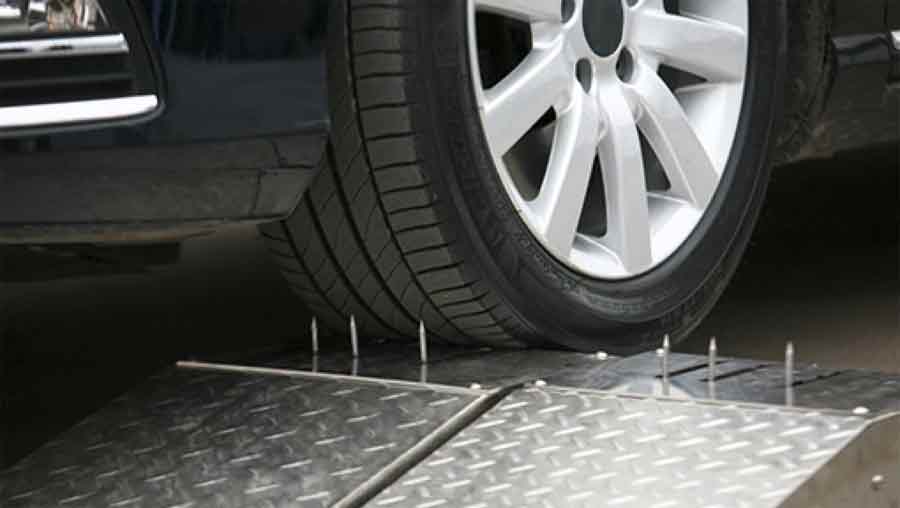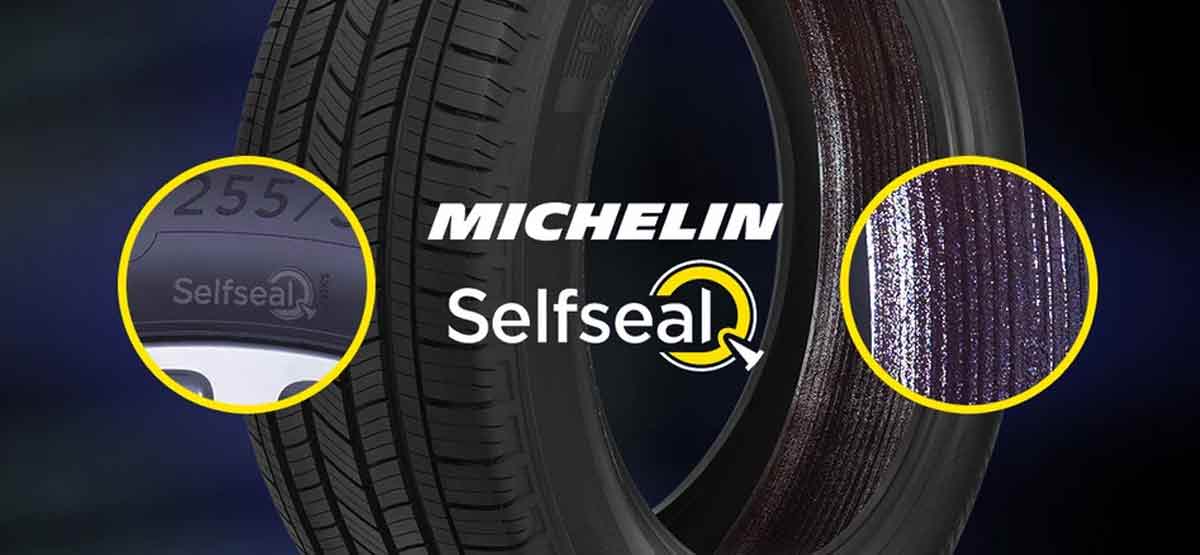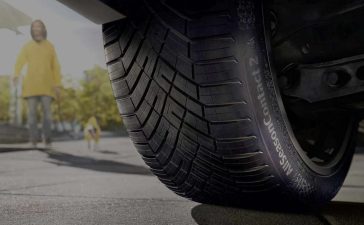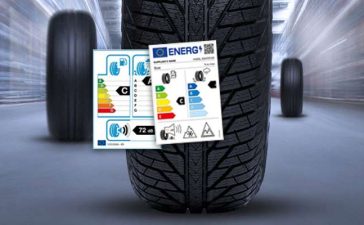New technologies are advancing more and more, including in the tire industry. A “flat tire” no longer scares us: the sealant automatically closes the holes in the tread of a new type of tire.
Table of Contents
Michelin Selfseal
The risk of a flat tire is present all year round, but you can prevent it or limit the damage if it occurs. Everything starts with proper preparation. Punctures are the most common type of tire problem. Typical causes are nails, screws and sharp stones. But all that is not a problem for the new type of tire that Michelin is preparing under its Selfseal brand.

The Tire Seals Itself
The secret of this tire is that on its inner side, in the area of the tread, there is an applied sticky brown mass consisting mainly of natural rubber. It doesn’t matter if the nail gets stuck or falls out of the tread – the tire seals itself. According to Michelin, this works for holes up to 6 millimeters in diameter! Similar systems are available from other tire manufacturers, but they are of slightly different technology.

Of course, all this has its price. Such self-patching rubber is between 10 and 20 percent more expensive than regular ones.
New Tire technology in Practice
But is Michelin’s technology really realistic and applicable in regular driving conditions? However, this is not the first time that the advertised product was completely non-functional in practice.
One of the well-known automotive magazines decided to buy a set of Selfseal tires and test them on their own training ground, i.e. by stepping on their test plate covered with various spikes. Three screws – eight, ten and twelve millimeters thick – attack the supposed “miracle” tire of a new type. And indeed, in this test, the tire withstood these objects more than proclaimed by Michelin.
The tire proved to be a good solution, especially for craftsmen, couriers or vehicle owners who can’t live without their car.
It’s important to know: no help with lateral tire damage
This “self-repair” does not work for all types of damage, such as, for example, a hole in the side of the tire or a cut. In any case, if the driver notices tire damage – he must go to the vulcanizer as soon as possible for a check.
Those who had the opportunity to test these tires in practice were impressed by how reliably the tire passes over nails and screws and does not lose air even after several days.
Despite this, the driver is still obliged to check the tire and change the damaged tire.
Got a flat tire on the way? What can you do?
If you react in time, you can patch a punctured tire, but this is a job for professionals in a vulcanization workshop. During the repair, a plug is pushed through the puncture hole and the “patch” is stuck on the inside. For this, the tire must be removed from the rim. A tire repaired in this way can continue with normal use.
The reinforced side provides support for an empty run-flat tire that can be driven without air until the next service and repair. The repair kit and spare wheel are also intended exclusively for driving to the nearest workshop, and the maximum permitted speed is 80 km/h.
Solutions
- Run flat tires – Run flat tires can be driven without air in tires for a while
- Spare wheel – The maximum speed of 80 km/h is allowed with a small spare tire
- Plugged tire – A plug is inserted through the hole from the inside. Works with most tires
- Repair kit – The spray sealant plugs the hole, and the compressor fills the tire











